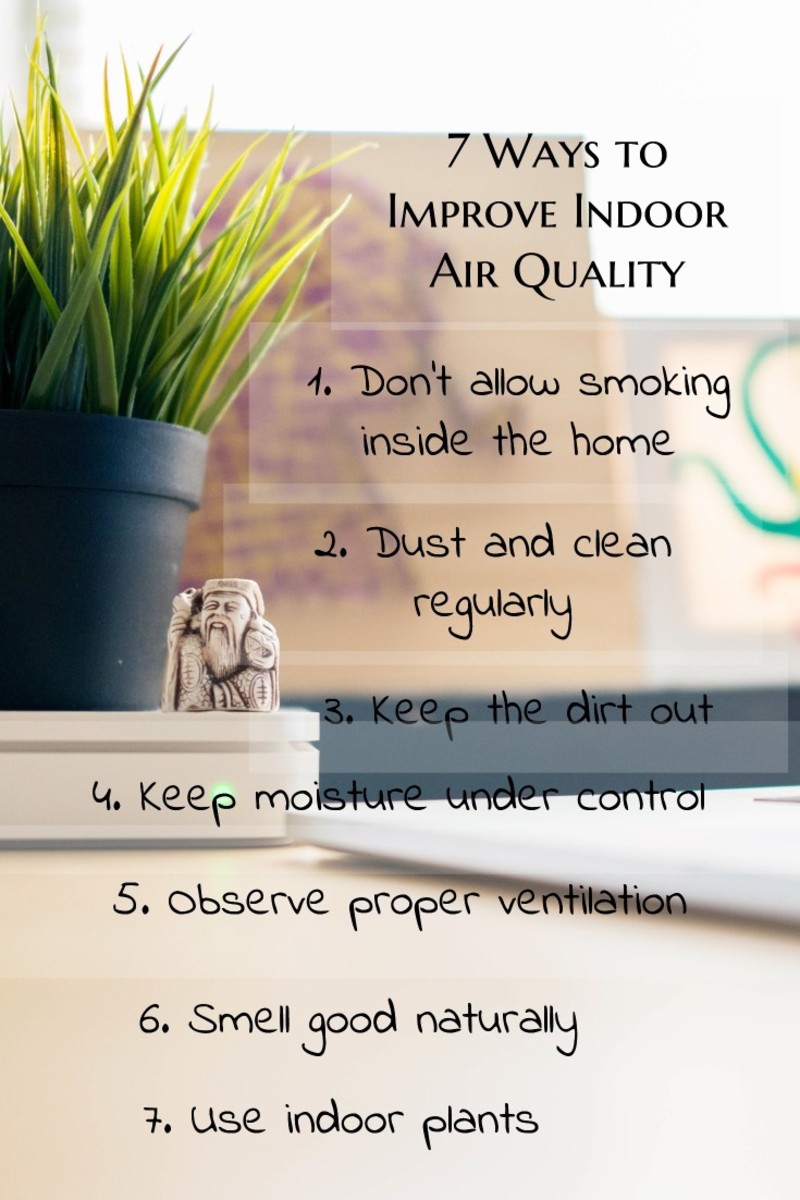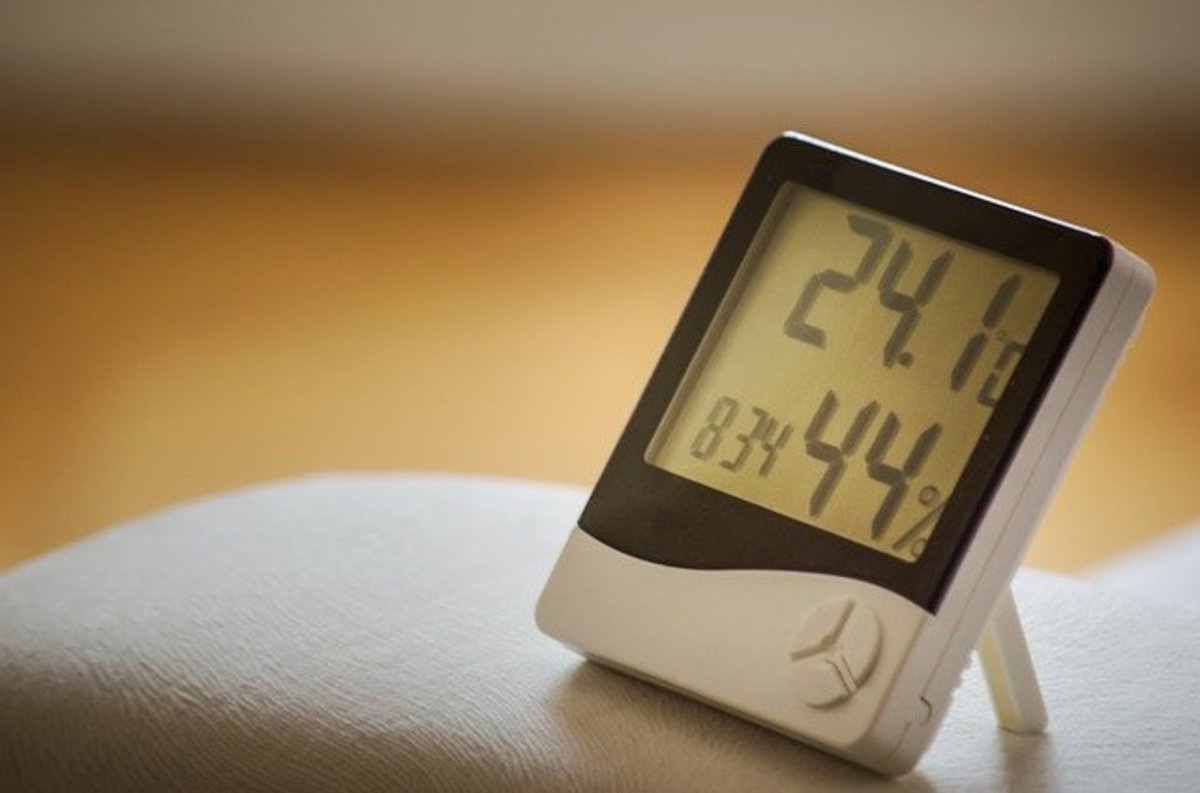Sustainability 57: Indoor Air Quality

Indoor air quality (IAQ) has become a central concern of many architects and interior designers — and health professionals — in recent years. To achieve truly sustainable design, we must be able to sustain human health, morale and activity in the spaces we create.
As we increasingly inhabit sealed interior spaces within our homes, workplaces, schools, stores, restaurants and hospitals, we increasingly subject ourselves to indoor air that may be of suspect quality. And, as we inhabit ever more global and diverse environments, created using ever-advancing technologies and substances, indoor air quality may become far more difficult for a layperson to ascertain.
Many of us readily recognize apparent and historic contributors to poor air quality — windblown dust and dirt, motor exhaust, smoke, cooking odors, sanitation odors, etc. But none of us can smell radon or carbon monoxide, nor can we see bacteria, fine particulate pollutants, allergens or some molds. We can see neither asbestos particles, nor volatile organic compounds (VOCs) emitted by drying paint or evaporating solvent or aging upholstery fabric. As a result, much of the indoor air we encounter today is a greater health hazard than the outdoor air we encounter.
There are several primary methods of insuring good indoor air quality. Ventilation is most widely used to expel or dilute any harmful substances to safer levels. But, for the so-typical hermetically sealed office building with no operable windows, proper ventilation relies exclusively on the building’s mechanical system components: air filtration, circulation, and fresh air intake and resupply.
Filtration becomes the second line of defense in preserving air quality. As our potential hazards and toxins multiply so too do our filtration materials and methods. Filters are most often incorporated into a building’s mechanical systems.
Source control, however, may be the best of all methods of maintaining air quality, for it targets the likely culprits. We improve indoor air when we specify interior paints and sealants emitting low or no VOCs, and when we specify the proper ceiling tiles, upholstery fabrics, and glues to be used in flooring, laminates and wallcoverings.
To measure a building’s indoor air quality, it becomes necessary to obtain air samples, determine occupant exposure to hazards or toxins, sample building surfaces for target substances, and model indoor air flows and filtration and ventilation methods.
The Indoor Air Quality Association (IAQA) of Rockville, MD, is a non-profit organization, straddling many disciplines and professions, that promotes the exchange of useful indoor air quality information. The U.S. Environmental Protection Agency offers indoor air quality information and tips to homeowners, schools and businesses through their website and related links.








